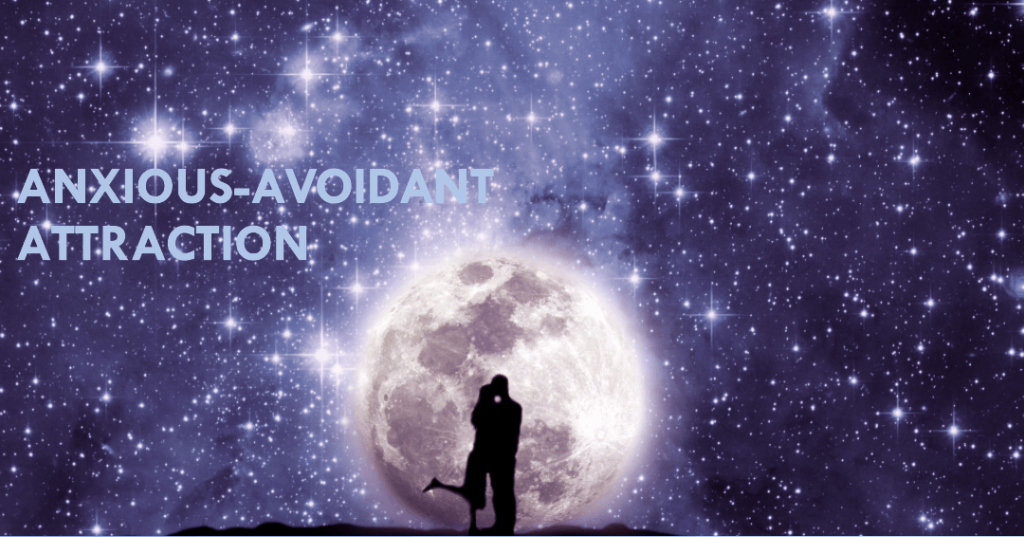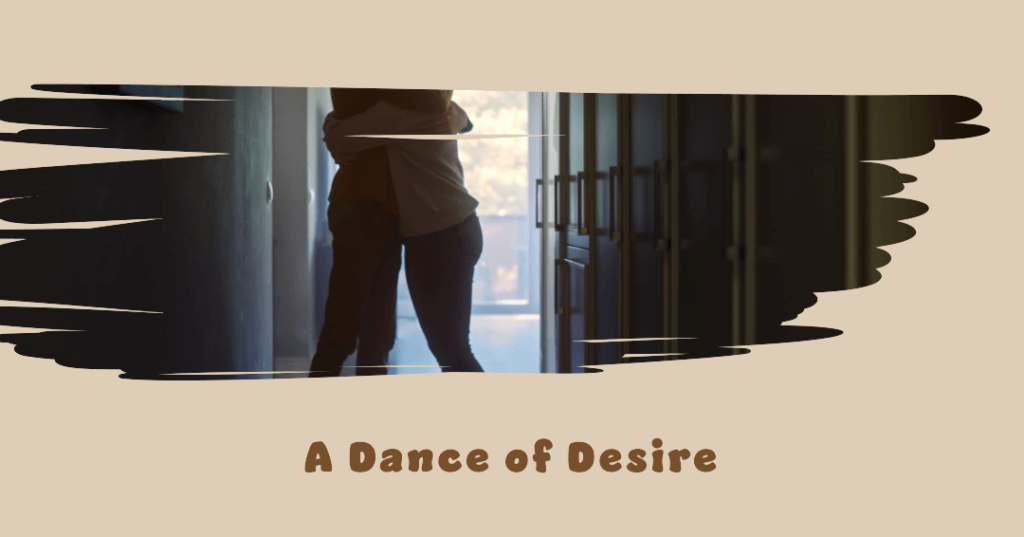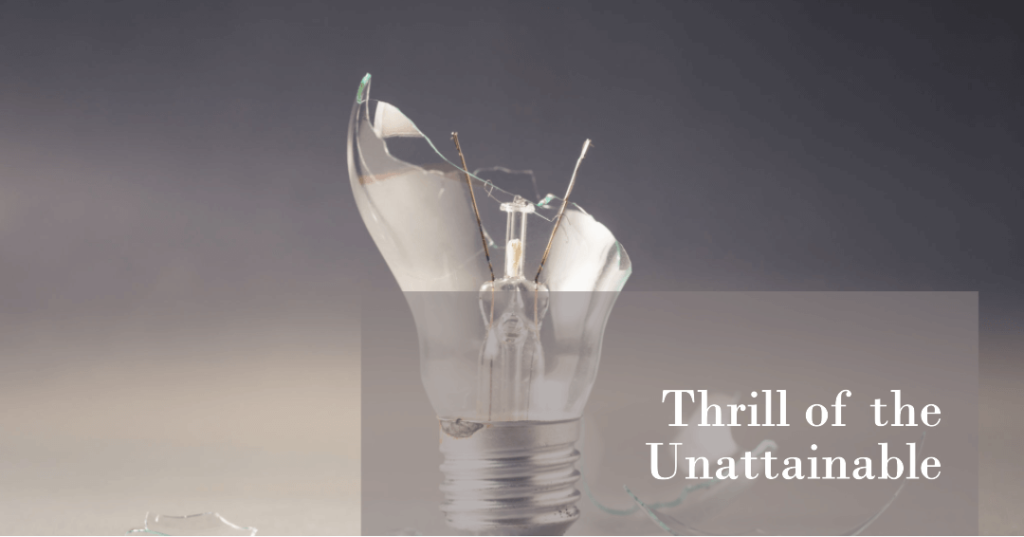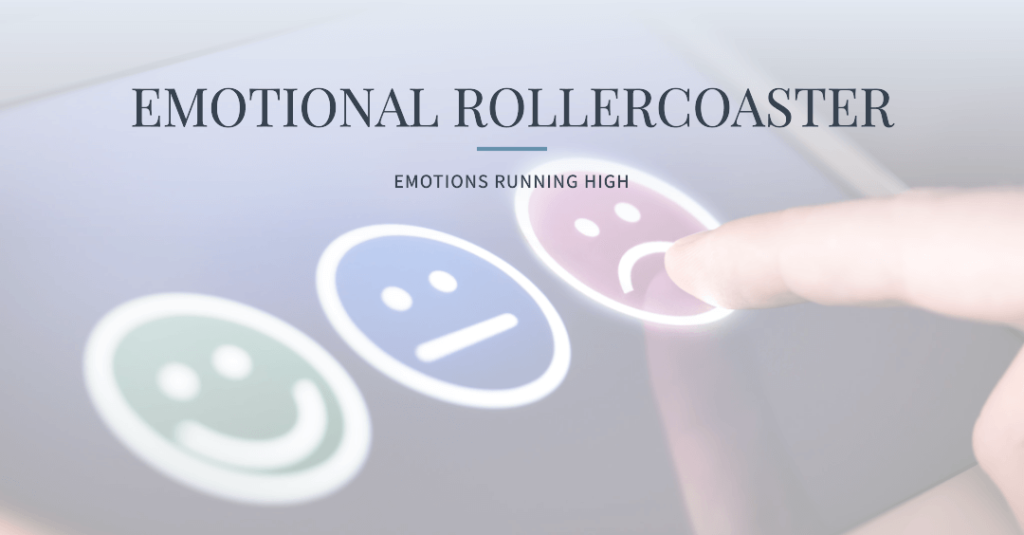The Magnetic Attraction
In the world of relationships, the seemingly paradoxical attraction between anxious-avoidant attachments is a fascinating phenomenon. It’s like two magnets irresistibly drawn to each other, creating a unique dynamic that, while complex, has its own set of reasons. Let’s unravel the mystery and explore the 10 reasons why anxious and avoidant attachments are often attracted to each other.

1. Complementary Needs
Yin and Yang of Emotional Fulfillment

Anxious individuals yearn for closeness and reassurance, while avoidant individuals prioritize independence and fear dependency. The very qualities that one lacks are often found in the other. This complementary nature creates a magnetic pull, as each partner fulfills the emotional needs that the other craves.
2. The Push-Pull Dynamic
A Dance of Desire

An anxious-avoidant pairing often falls into the classic push-pull dynamic. The anxious partner pursues closeness, seeking connection, while the avoidant partner, fearing engulfment, retreats to maintain independence. This dance of pursuit and withdrawal creates a pursuer-distancer dynamic that fuels the attraction.
3. Familiarity in Dysfunction
Replicating Past Patterns

For some, the attraction between anxious-avoidant attachments is rooted in familiarity. Individuals may unknowingly seek relationships that replicate the dynamics of their past, even if those patterns are dysfunctional. This repetition can offer a sense of comfort, albeit in an unhealthy way.
4. The Thrill of the Unattainable
Anxious-Avoidant Desire for Challenge

Avoidant individuals, known for their reluctance to fully commit, can be perceived as a challenge by anxious partners. The pursuit of the seemingly unattainable can heighten the excitement and intensity of the relationship. It’s a delicate balance between the desire for connection and the thrill of the chase.
5. Unconscious Attraction
Opposites Attract

The age-old saying “opposites attract” holds true in attachment styles too, because of their differences. The anxious-avoidant pairing is a classic example of opposites coming together. While their needs and fears may seem conflicting, the unconscious attraction stems from the intrigue and mystery of the unknown.
6. Seeking Validation
A Quest for Self-Worth

Anxious individuals, often seeking external validation for their self-worth, may be drawn to avoidant partners as an unconscious challenge. If they can win the affection of someone who is hesitant to give it, it can serve as a powerful validation of their desirability.
7. Fulfillment of Fantasy
Changing the Unchangeable

Both anxious-avoidant individuals may enter the relationship with the fantasy of changing their partner. The anxious partner hopes to ease the avoidant’s fear of intimacy, while the avoidant imagines taming the anxious partner’s need for closeness. This mutual desire for change can be a driving force in the initial attraction.
8. Drama and Intensity
Fueling Emotional Rollercoaster

The highs and lows of anxious-avoidant relationships can create a heightened sense of drama and intensity. The unpredictability of emotional exchanges can be addictive, providing a rush that keeps both partners engaged, even if it comes at the cost of stability.
9. Shared Woundedness
Bonding Over Insecurities

Anxious-avoidant individuals often share a deep-seated sense of insecurity, albeit manifesting in different ways. The shared woundedness can create a bond as each partner recognizes, on some level, the vulnerabilities of the other. This shared understanding can foster a unique connection.
10. Hope for Healing
Unconscious Optimism

Underlying the attraction between anxious-avoidant attachments is an unconscious hope for healing. Both partners may believe that their love and commitment can overcome the challenges posed by their attachment styles. This hope for transformative growth can be a powerful motivator in sustaining the relationship. They may consciously or unconsciously see an opportunity to heal within each other, hoping to meet their unmet needs within each other.
Conclusion
The magnetic attraction between anxious-avoidant attachments is a complex interplay of needs, desires, and unconscious motivations. While the initial pull may be strong, navigating the challenges and building a healthy, secure connection requires self-awareness, effective communication, and a commitment to personal and relational growth. Understanding these, sheds light on the dynamics of anxious-avoidant relationships, offering insight into the intricacies of this captivating and often challenging pairing.

I want to extend a heartfelt thank you for taking the time to read this blog post. I hope it was informative, insightful, and most importantly, useful to you. Mental health is an important topic that affects us all, and I’m grateful for the opportunity to share my thoughts with you.
If you have any thoughts or comments, I encourage you to leave them in the comment box below. Your feedback is essential to me and helps me create content that is tailored to your needs.
If you found this post helpful, please subscribe to my newsletter for more resources and updates on mental health. You can also reach out to me via email if you have any questions or just want to chat. Remember, taking care of your mental health is important, and you are not alone.
Leave a Reply